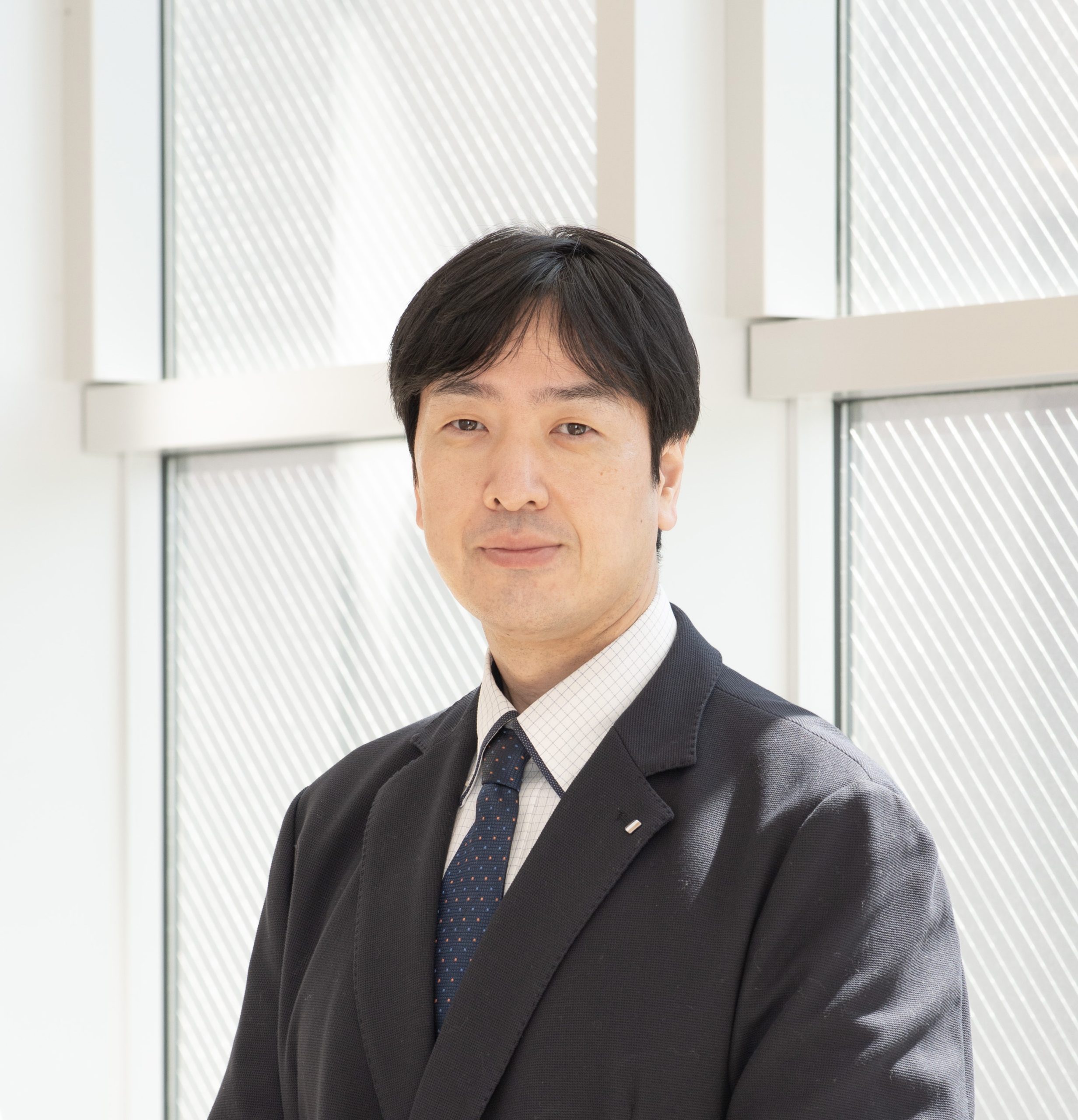
My name is Tomofumi Yamaguchi, and I have been appointed as a professor in the Department of Advanced Physical Therapy, Course of Advanced Rehabilitation Science, Department of School of Human Health Sciences, Graduate School of Medicine, Kyoto University, as of April 1, 2024.
My area of expertise is physical therapy, mainly neurological physical therapy for central nervous system (CNS) diseases (stroke, spinal cord injury, Parkinson’s disease, etc.). My current research has focused on developing innovative physiotherapies for CNS disorders to enhance recovery from dysmobility and the ability to perform activities of daily living. I also investigate the effectiveness and mechanisms of the novel physical therapy techniques.
Physical therapy is one of the disciplines deeply related to rehabilitation medicine. However, the history of physical therapy is only about 100 years, and Japanese physical therapy has only a history of about 60 years, so it is a discipline that will continue to develop. Physical therapy has a high affinity with many disciplines, including applied sciences, natural sciences, social sciences, formal sciences, humanities, etc. Furthermore, physical therapy is involved in many areas of society, including the rehabilitation of individuals with disabilities, health promotion, disease prevention, industry, and so on.
After graduating from Yamagata Prefectural University of Health Sciences, I began my career as a physical therapist at the Keio University Tsukigase Rehabilitation Center. During this period, I was instructed by Professor Akio Kimura, Professor Yoshihisa Masakado (Tokai University), and Professor Shigeo Tanabe (now at Fujita Medical College) on the spinal reflex evaluation using evoked electromyography (EMG) and clinical neurophysiology which provided the foundation for my current research style. Additionally, I received training on spinal reciprocal inhibition, transcranial magnetic stimulation, EEG, and EMG from Professor Meigen Liu, Professor Toshiyuki Fujiwara (now at Juntendo University), and Professor Kimitaka Hase (now at Kansai Medical University) at the Department of Rehabilitation Medicine, Graduate school of Keio University. At the same time, I was involved in establishing the clinical and research departments at Tokyo Bay Rehabilitation Hospital. During this period, Professor Yohei Otaka (now at Fujita Medical College), Professor Satoshi Tanaka (now at Hamamatsu Medical University), and Professor Rieko Osu (now at Waseda University) taught me a fusion of clinical and neuroscientific perspectives, which was crucial in developing my research ideas on physical therapy. Furthermore, I was honored to be selected as a JSPS Research Fellow (DC1) during my doctoral program. This allowed me to concentrate on research, which was a significant turning point in my research career. I also conducted research under the supervision of Professor Ying-Zu Huang (Chang Gung University, Taiwan), who developed Theta Burst Stimulation, one of the most widely used non-invasive brain stimulation methods for clinical and research worldwide.
After obtaining my Ph.D., I worked as a Project Assistant Professor in the Department of Rehabilitation Medicine at Keio University. In September 2008, I was selected as a JSPS Overseas Fellow and studied under Professor Jens Bo Nielsen at the University of Copenhagen, Denmark. I learned evaluation techniques using EEG-EMG coherence, brainstem stimulation, transcranial magnetic stimulation and evoked EMG. Applying these techniques, I researched developing a new gait rehabilitation technique for central nervous system disorders using transcranial alternating current stimulation.
After returning to Japan, I got involved in physical therapist education as an associate professor at the Yamagata Prefectural University of Health Sciences. In April 2020, I was appointed as a senior associate professor at Juntendo University, where I have been researching the clinical neurophysiological effects of new rehabilitation methods using transcutaneous spinal cord electrical stimulation and peripheral magnetic stimulation to improve lower limb motor function in stroke patients, together with Professor Toshiyuki Fujiwara of Department of Rehabilitation Medicine at Juntendo University.
I worked under the guidance of many professors and learned about the importance, challenges, possibilities, and limitations of physical therapy while providing physical therapy to many patients in the clinical. With these experiences, I’m eager to contribute to the education of physical therapists who can contribute to society by leading clinical practice, education, and research in the field of physical therapy in Japan and abroad at Kyoto University. In addition, we hope to nurture human resources that can contribute to society by taking advantage of Kyoto University’s liberal academic culture and developing students’ potential while solving the multifaceted issues facing humanity without being limited by the professional boundaries of physical therapists.
